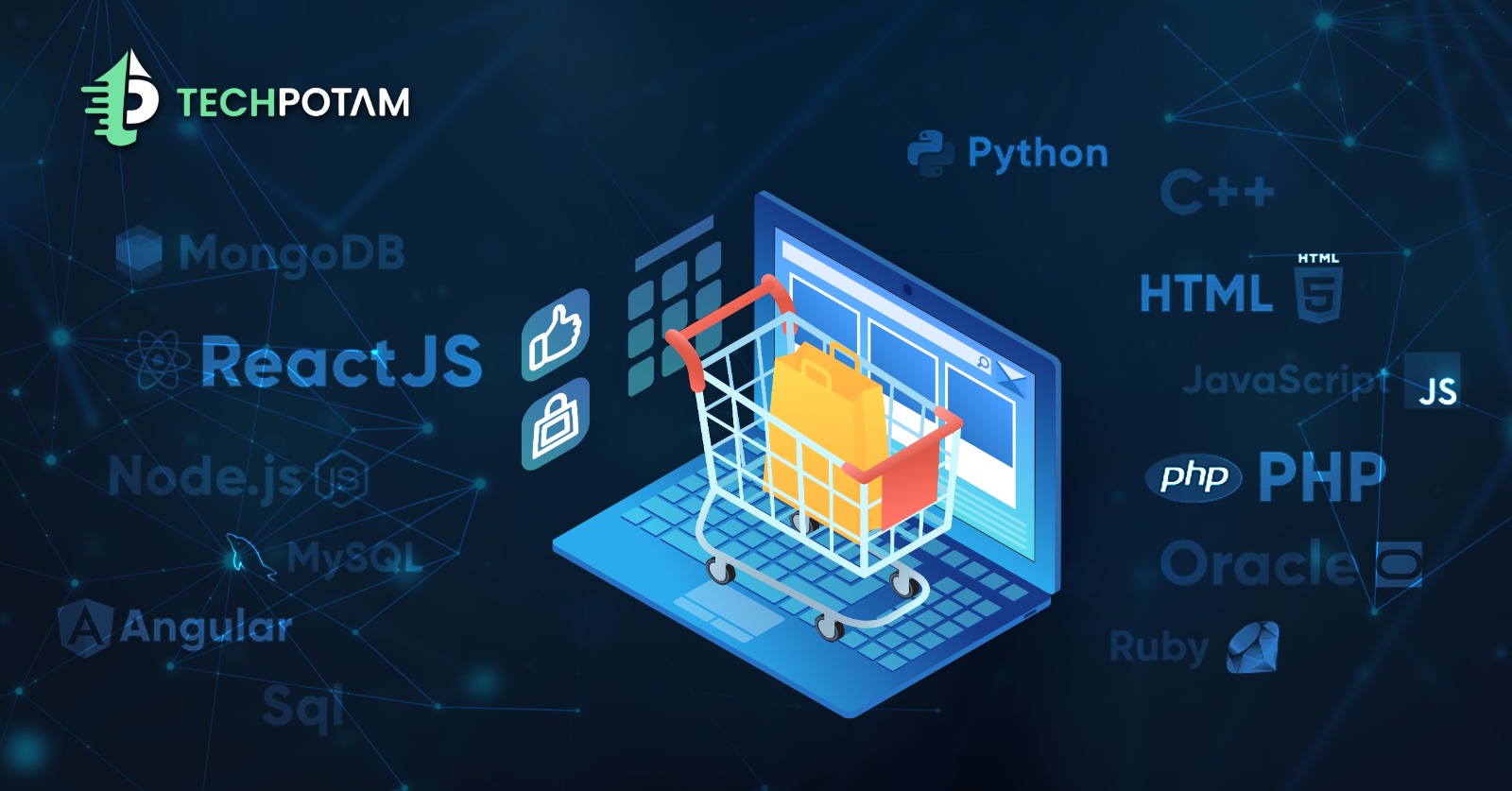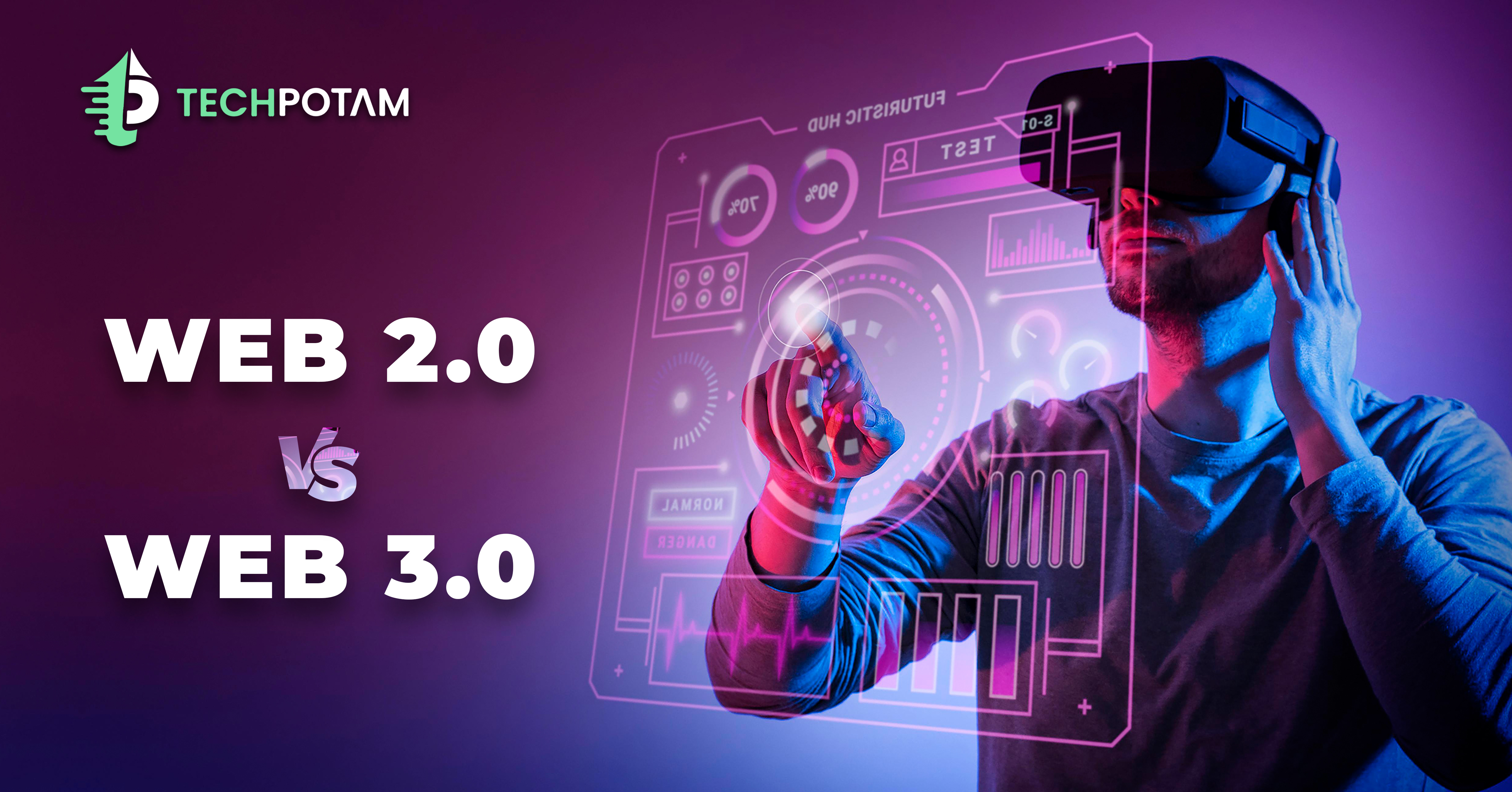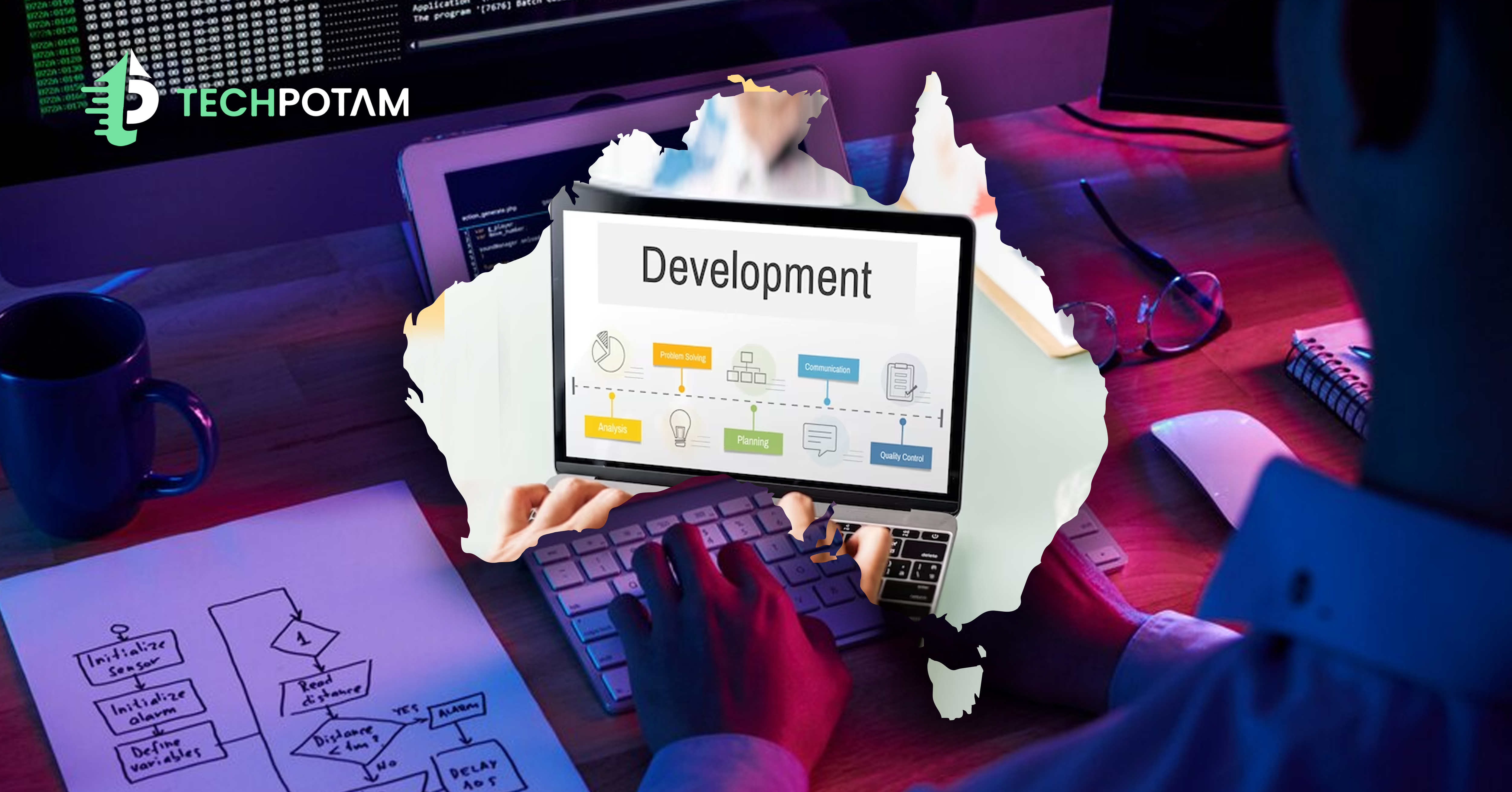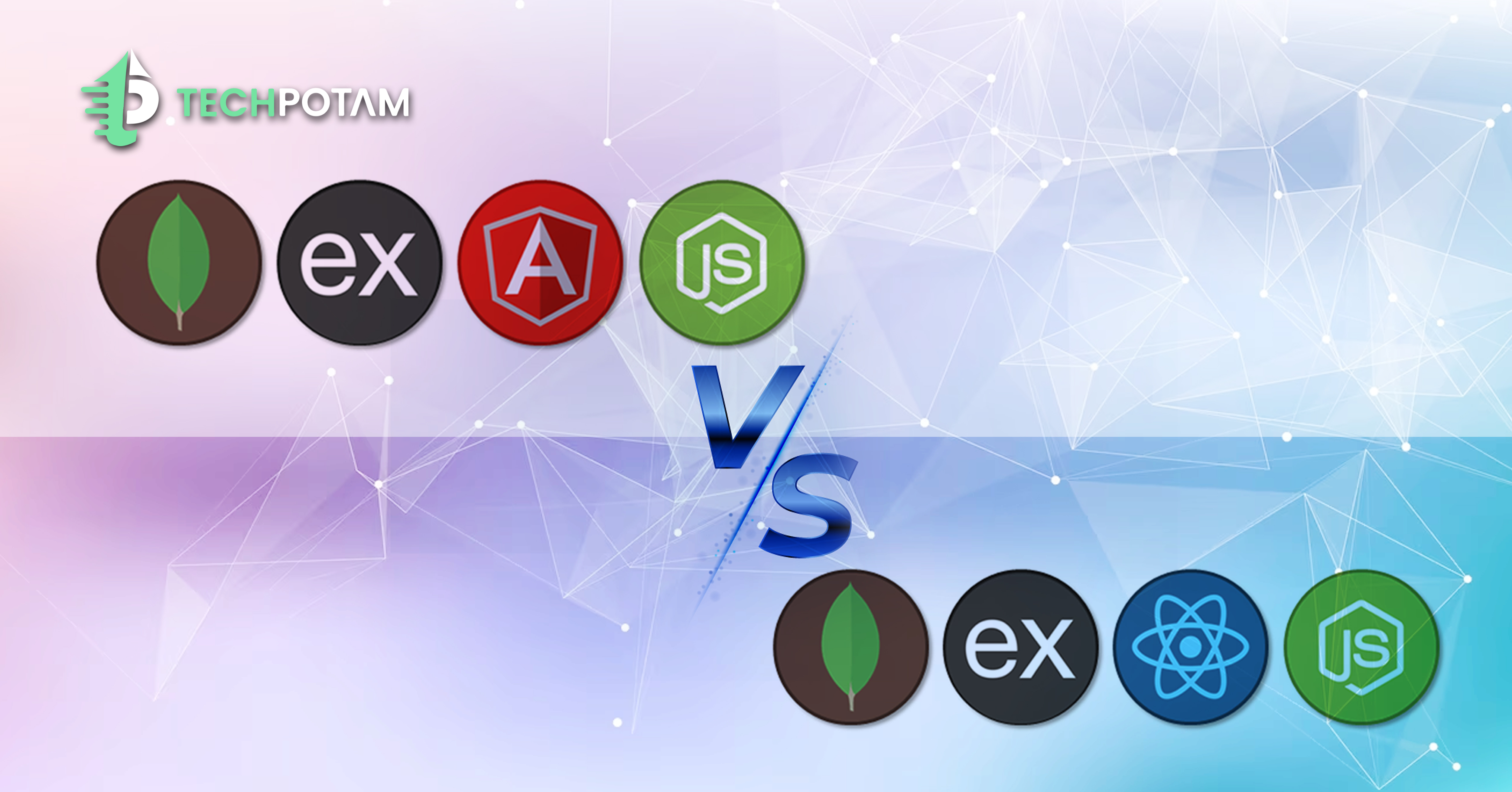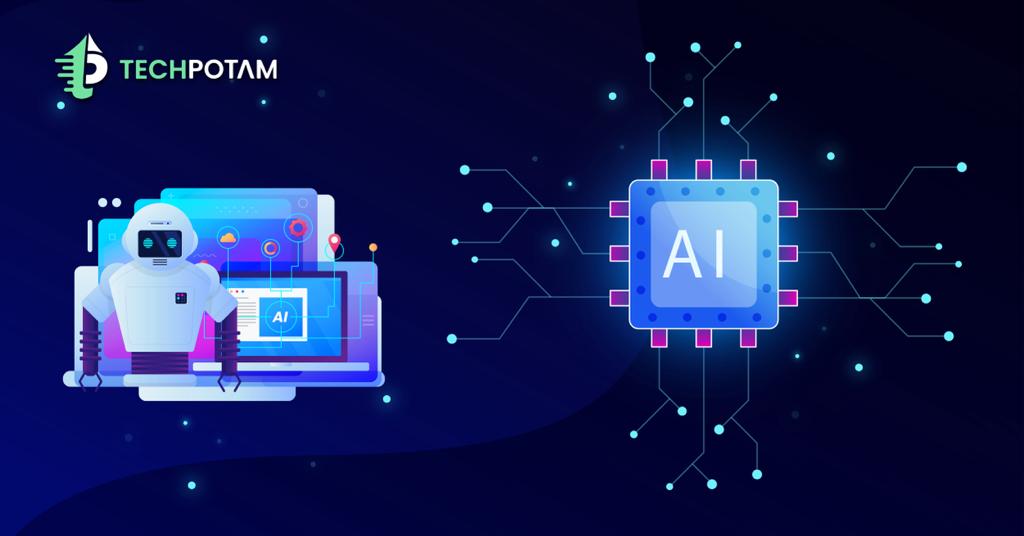
How to build an AI-integrated business website?
In this digital age, establishing a formidable online presence hinges on having a full-fledged website. But what sets your website apart from the multitude of others? The secret lies in the seamless infusion of artificial intelligence. Artificial intelligence, a cornerstone of the web development landscape, has continually evolved, ushering in a new era of intelligent algorithms. From the implementation of chatbots, which elevate the user experience, to the deployment of predictive analytics that bolster conversion rates, AI offers an array of advantages to web development. Before you highlight this transformative journey, it is crucial to grasp the fundamentals. The integration of Artificial Intelligence encompasses the assimilation of machine learning algorithms and a wealth of data to render your website not only user-friendly but also intuitive and highly responsive. This blog will not only include the significance of building an AI-integrated website but also provide detailed information about how to build one. Let’s get started:. What is an AI-integrated website? An AI-integrated website, in the digital world, is basically a website that uses Artificial Intelligence (AI) technology to make it smarter and more user-friendly. This means AI is woven into its design, how it works, and what it offers. These smart websites can do a bunch of cool things: So, in a nutshell, an AI-integrated website is like having a super-smart buddy making your online experience way better. It tailors things just for you, keeps you company, and makes sure everything runs smoothly. And for businesses, it’s a game-changer in reaching their goals more efficiently. Benefits of a AI-integrated business website An AI-integrated business website offers a range of significant benefits that can greatly enhance the online presence and operations of a company. Here are some key advantages: Incorporating AI into a business website can lead to a more sophisticated, user-friendly, and efficient onlin1e presence. It empowers businesses to provide better service, make data-driven decisions, and stay competitive in today’s rapidly evolving digital landscape. Factors to consider for building AI-integrated business website Building an AI-integrated website is a smart move in today’s digital landscape. It can boost user engagement, improve SEO, and streamline various aspects of web management. By following the steps outlined in this guide, you’re well on your way to creating a cutting-edge website that stands out among the competitors. Frequently Asked Questions 1- Is AI integration expensive? The cost of AI integration varies depending on the tools and complexity of your website. Some AI plugins are free, while others require a subscription. It’s an investment that can yield significant returns. 2- Can I integrate AI into my existing website? Yes, you can. Many AI tools are designed to be compatible with existing websites. However, the process may require some technical expertise. 3- Is AI integration suitable for small businesses? AI integration isn’t limited to large enterprises. Small businesses can also benefit from AI by improving user experience, automating tasks, and staying competitive.


